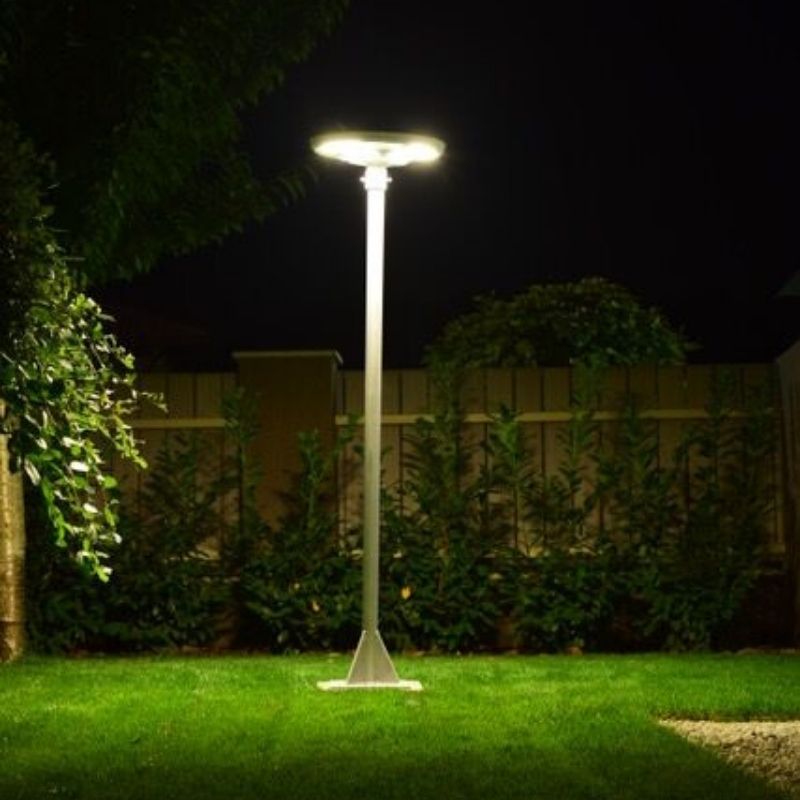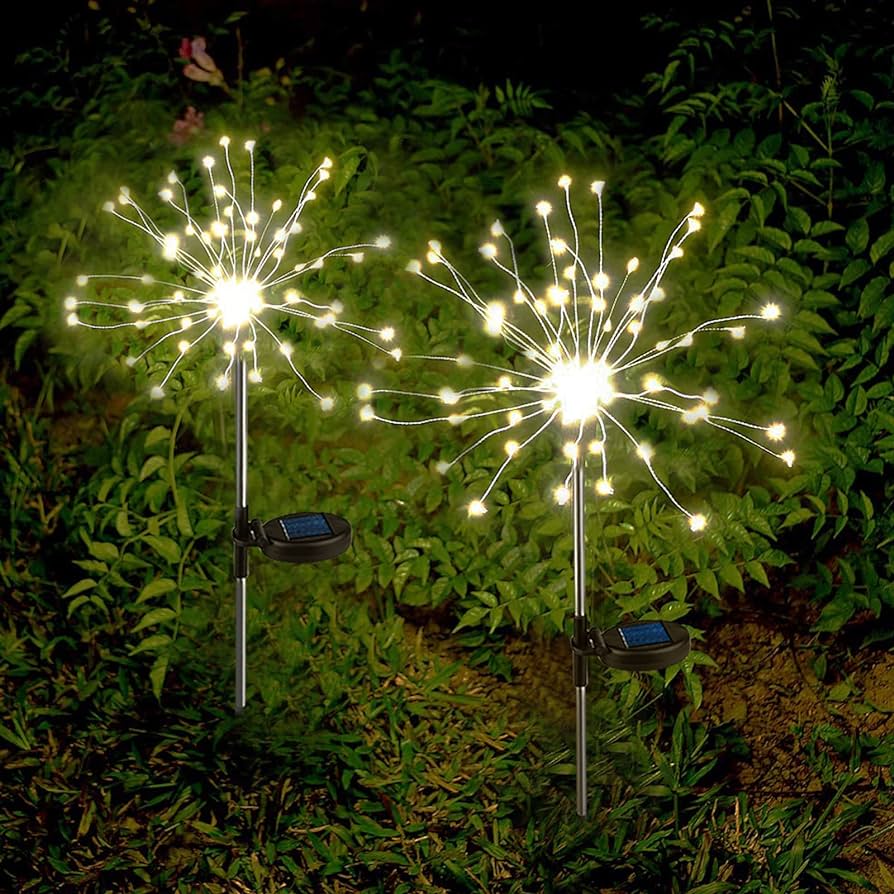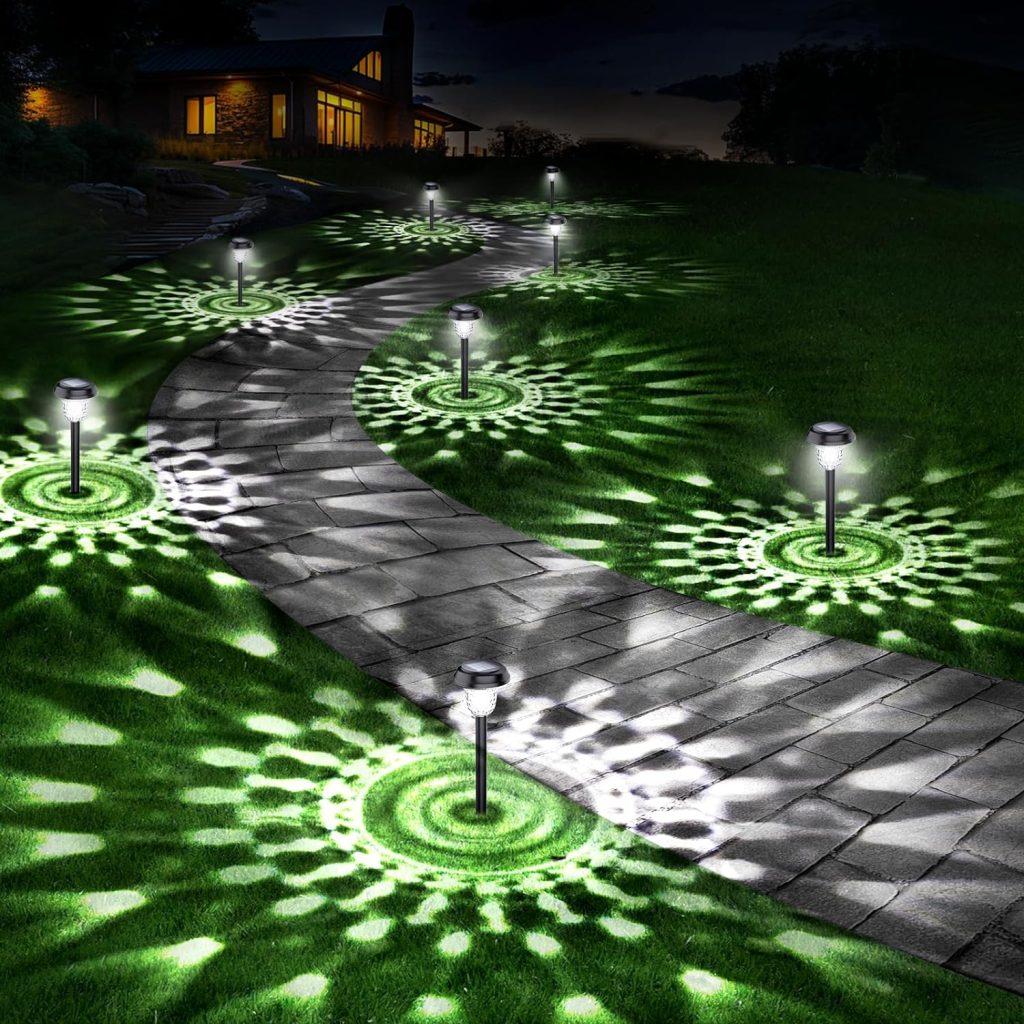Solar garden lights have become a popular choice for homeowners looking to illuminate their outdoor spaces while minimizing energy consumption. In this article, we will delve into the world of solar garden lights, exploring their benefits, features, installation process, maintenance, and their impact on the environment. From their efficiency in harnessing solar power to the versatility they offer in design and placement, join us as we uncover the wonders of solar garden lights and their role in creating an eco-friendly outdoor lighting solution.
Contents
- 1 I. Harnessing the Power of the Sun: Understanding Solar Garden Lights
- 2 II. Benefits and Features: Advantages of Solar Garden Lights
- 3 III. Installation and Setup: Enjoying the Simplicity of Solar Garden Lights
- 4 IV. Maintenance and Care: Keeping Solar Garden Lights at Their Best
- 5 V. Environmental Impact: Reducing Carbon Footprint with Solar Garden Lights
I. Harnessing the Power of the Sun: Understanding Solar Garden Lights
1.1 The Principle of Solar Energy Conversion
Solar garden lights operate by converting sunlight into electrical energy through photovoltaic cells. These cells, commonly referred to as solar panels, absorb sunlight during the day and convert it into direct current (DC) electricity. This energy is then stored in rechargeable batteries, ensuring a steady power supply to illuminate the lights during the night. Solar garden lights are equipped with light sensors that automatically turn the lights on at dusk and off at dawn, making them a convenient and energy-efficient lighting solution.

1.2 Advantages of Solar Energy
Harnessing solar power offers numerous benefits, both for homeowners and the environment. Solar energy is a renewable and sustainable source of power that produces minimal greenhouse gas emissions. By relying on solar energy, homeowners can significantly reduce their reliance on conventional energy sources, lowering their carbon footprint. Solar garden lights also help decrease electricity consumption and save on energy costs, making them an economical choice in the long run.
II. Benefits and Features: Advantages of Solar Garden Lights
2.1 Cost Savings and Minimal Maintenance
One of the primary advantages of solar garden lights is cost savings. Since solar garden lights rely on sunlight as their source of power, they eliminate the need for electricity and wiring, saving homeowners from costly installations. Solar garden lights also require minimal maintenance as they do not have any operating costs or moving parts. With no bulbs or batteries to replace regularly, solar garden lights offer a hassle-free lighting solution.

2.2 Versatile Design Options and Placement
Solar garden lights come in a wide range of designs, from stake lights to pathway lights and hanging lanterns. This variety allows homeowners to choose the style that best complements their outdoor space and personal preferences. Additionally, the wireless and self-contained nature of solar garden lights provides flexibility in placement. They can be easily installed in any location that receives direct sunlight, without the limitations of proximity to electrical outlets.
III. Installation and Setup: Enjoying the Simplicity of Solar Garden Lights
3.1 Location Considerations
Selecting the right location for solar garden lights is crucial to maximize their efficiency and effectiveness. It is important to choose an area that receives ample sunlight throughout the day. Ideally, the lights should be placed in an open and unobstructed space where they can receive direct sunlight without any shade from trees, buildings, or other landscaping elements. By ensuring unobstructed access to sunlight, the solar panels will be able to capture and convert solar energy more effectively, resulting in longer and brighter illumination during the night.
Moreover, it is important to consider the changing angles of the sun throughout the year. While a location may receive full sunlight during one season, it may be partially shaded during another due to the sun’s position. Therefore, it is beneficial to assess the potential shading from surrounding objects to ensure consistent performance throughout the year. Regularly removing any foliage that may obstruct the solar panels’ exposure to sunlight will help optimize their efficiency and performance.

3.2 Installation Steps
The installation process for solar garden led lights is designed to be user-friendly and straightforward. It typically involves a few simple steps to ensure proper placement and function:
- Determine the desired locations: Before installation, decide where the lights will be placed. Consider the layout of your garden or outdoor space and envision the desired lighting effect.
- Secure the lights: For ground-mounted solar garden lights, firmly push the stake or base into the ground. Ensure that the lights are stable and level, especially in areas with uneven terrain. If using wall-mounted lights, securely attach the mounting bracket to a suitable surface, such as a fence or wall.
- Position the solar panel: The solar panel component should be positioned in an area that receives maximum sunlight exposure. Angle the solar panel to face the direction of the sun, typically pointing it southward in the Northern Hemisphere or northward in the Southern Hemisphere. This optimal positioning allows the solar panel to capture the most sunlight throughout the day.
- Connect the lights: Once the lights and solar panel are securely in place, connect them using the provided cables or connectors. Ensure that the connections are secure and waterproof to prevent any damage or disruption to the lights’ functionality.
- Test and adjust: To ensure proper functioning, allow the solar garden lights to charge for 24 hours. Once fully charged, test the lights by covering the solar panel to simulate darkness. This will activate the lights and allow you to confirm that they illuminate as intended. If adjustments are necessary, reposition the lights or solar panel accordingly to achieve the desired lighting effect.

IV. Maintenance and Care: Keeping Solar Garden Lights at Their Best
4.1 Cleaning and Inspection
To maintain optimal performance, periodic cleaning and inspection of solar garden lights are important. Dust, dirt, and debris may accumulate on the solar panels, reducing their ability to absorb sunlight. Gently wiping the panels with a clean cloth or sponge and ensuring that they are free of obstructions will help maximize their efficiency. Additionally, regularly inspecting the light fixtures for any damage, loose connections, or corrosion is advised.
4.2 Battery and Replacement Parts
Solar garden lights operate on rechargeable batteries, which may need to be replaced over time. If the lights appear dim or fail to illuminate during the night, it may be an indication that the battery needs replacement. Most solar garden lights have removable battery compartments for easy replacement. It is important to use the specified batteries recommended by the manufacturer to ensure compatibility and performance.

V. Environmental Impact: Reducing Carbon Footprint with Solar Garden Lights
5.1 Renewable Energy Source
Solar garden lights contribute to a reduced carbon footprint by harnessing the power of the sun, a renewable and clean energy source. By utilizing solar energy instead of relying on electricity produced from non-renewable sources, homeowners can significantly decrease greenhouse gas emissions, helping combat climate change and preserve the environment.

5.2 Sustainable Lighting Solution
Traditional outdoor lighting options often rely on grid electricity, contributing to energy waste and pollution. Solar garden lights provide a sustainable lighting solution that operates off-grid, lessening the strain on power infrastructure. The adoption of solar garden lights promotes sustainable practices, encouraging homeowners to explore alternative energy
Illuminating the Outdoors Responsibly with Solar Garden Lights
In conclusion, solar garden lights offer an efficient, cost-effective, and environmentally friendly lighting solution for homeowners. By harnessing the power of the sun, these lights provide a sustainable alternative to conventional outdoor lighting options. With their ease of installation, minimal maintenance requirements, and versatile design options, solar garden lights bring charm to outdoor spaces while reducing energy consumption and minimizing carbon emissions. Choosing solar garden lights not only lights up the night but also illuminates a path toward a greener future.


